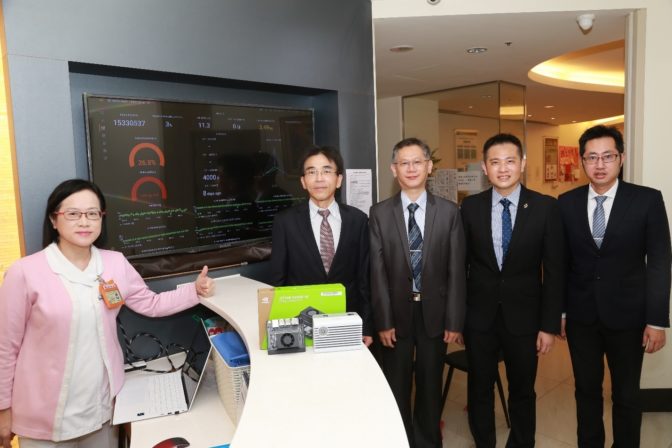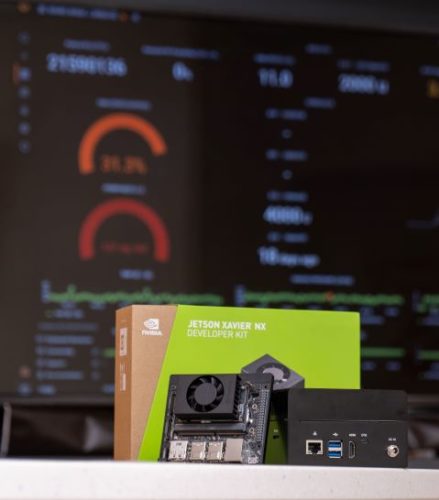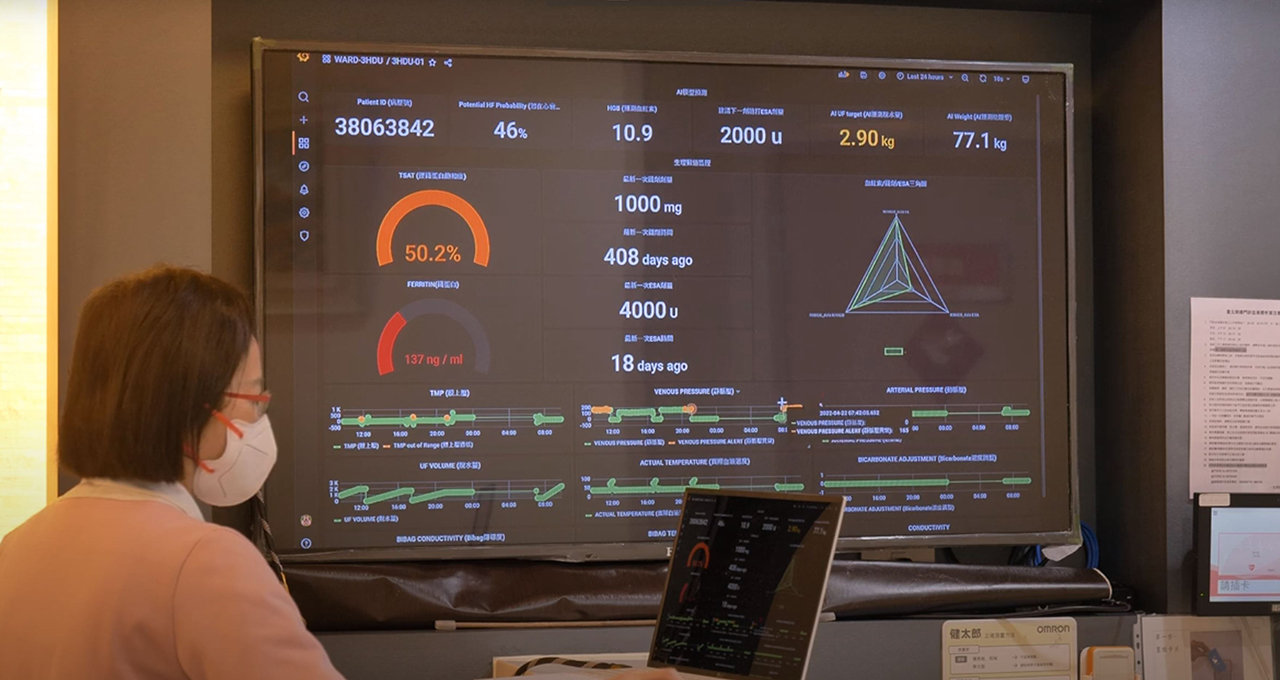Taiwan has nearly 85,000 kidney dialysis patients — the highest prevalence in the world based on population density. Taipei Veterans General Hospital (TVGH) is working to improve outcomes for these patients with an AI model that predicts heart failure risk in real time during dialysis procedures.
Cardiovascular disease is the leading cause of death for dialysis patients, a trend that TVGH hopes to mitigate with its AI risk assessment model, which achieves 90% accuracy.
The hospital’s AI tool displays key factors for risk prediction on a dashboard for clinicians, detects abnormal patterns in the streaming data from dialysis machines, and immediately alerts doctors and nursing staff to intervene.
NVIDIA AI technology, including the NVIDIA Jetson edge AI platform, enables TVGH to analyze patient data in real time, with the proposed model using a combination of dialysis machine data, patient medical records, test results and medication information.
“In this field, early detection and prompt decision-making can save lives,” said Professor Der-Cherng Tarng, chief of the department of medicine at TVGH. “By deploying NVIDIA Jetson next to each dialyzer to perform AI prediction during the procedure, we can achieve real-time insights in a way that’s affordable and effective, even for small-scale dialysis centers.”
The team plans to expand testing of its software to a dozen island-wide hospitals, and to seek approval from the Taiwan Food and Drug Administration for clinical use as a medical device.
Detection During Dialysis
Hemodialysis is a three- to four-hour procedure for patients with kidney failure, in which a machine filters toxins and waste products out of a patient’s blood, typically done two or three times a week. Patients can experience serious complications, including heart failure — which can be triggered if a metric known as dry weight isn’t set accurately during the procedure.
Dry weight refers to a person’s natural weight without any extra fluid in the body. Clinicians aim to return patients to their dry weight after each dialysis session. But estimating dry weight is subjective, since patients with advanced kidney disease typically have excess fluid in their bodies, meaning they start out with a weight higher than their dry weight.
Overestimating dry weight can cause hypertension, leading to complications including heart failure or other macrovascular complications. Underestimating it can remove too much fluid from the body, resulting in dehydration and a lower blood pressure.
This makes it critical that clinicians monitor multiple data points during dialysis, including blood flow rate, pressure in the arteries and veins, and ultrafiltration rate — a metric that represents the amount of fluid removed during the treatment.
TVGH’s risk assessment tool processes these values along with medical records, blood test results and medication information — assessing up to 200 sets of dynamic physiological and dialysis machine values. These key statistics are displayed on a dashboard for doctors and nurses, along with a metric that predicts heart failure risk for each patient.
This dashboard displays the health status of all dialysis patients, showing the patient’s severity and risk category in different colors. For each patient, it shows a real-time stream of dialysis machine data and the AI model’s assessment of whether or not the patient’s iron levels are normal.
The hospital’s tool was built to identify abnormal patterns in a patient’s data using multiple AI algorithms including decision trees, gradient boosting and convolutional neural networks. It was trained on a dataset of 3 million health records. The team recently added additional predictive indicators to the tool, including hemoglobin level and chest X-ray image analysis.
Adopting a convolutional neural network model improved the AI’s accuracy by 95%.
In addition to predicting heart failure risk, TVGH’s AI model has reduced the deviation rate in clinicians’ assessment of a patient’s dry weight by 80%, an accuracy boost that helps lessen the risk of complications.
AI, Edge Computing Power Real-Time Results
TVGH’s IT team adopted the SAS Viya analytics engine along with NVIDIA CUDA-X libraries to develop its AI model.
While the team’s electronic hemodialysis system could automatically record the data generated by dialyzers, their initial workflow still required healthcare staff to record physiological measurements every 30 minutes, sending the data to servers over a Bluetooth connection.

“A half-hour window between data analysis still left gaps where a patient may begin experiencing complications that can lead to heart failure,” said Shou-Ming Ou, visiting staff in the nephrology division at TVGH. “So our team worked to find a real-time solution that could receive and compute data generated by dialysis machines within milliseconds.”
 To achieve real-time AI inference using streaming data over the course of a four-hour dialysis session, TVGH adopted the Aetina Edge AI Starter Package featuring NVIDIA Jetson Xavier NX, which packs the power to process up to 21 trillion operations per second in a compact module that consumes just 10 watts. The team used NVIDIA TensorRT software to optimize their AI prediction model for inference on the Jetson platform.
To achieve real-time AI inference using streaming data over the course of a four-hour dialysis session, TVGH adopted the Aetina Edge AI Starter Package featuring NVIDIA Jetson Xavier NX, which packs the power to process up to 21 trillion operations per second in a compact module that consumes just 10 watts. The team used NVIDIA TensorRT software to optimize their AI prediction model for inference on the Jetson platform.
By shifting processing to the edge, NVIDIA Jetson also helps TVGH reduce the computation workload on their main servers, freeing up resources to support other AI teams training high-quality medical models.
In addition to the heart failure risk prediction model, the hospital is working on additional AI projects accelerated with the NVIDIA Parabricks genomics software, the NVIDIA FLARE federated learning workflow and the NeMo Megatron framework for natural language processing.
To learn more, hear the TVGH team share their work in a session from the latest NVIDIA GTC.
Subscribe to NVIDIA healthcare news.
